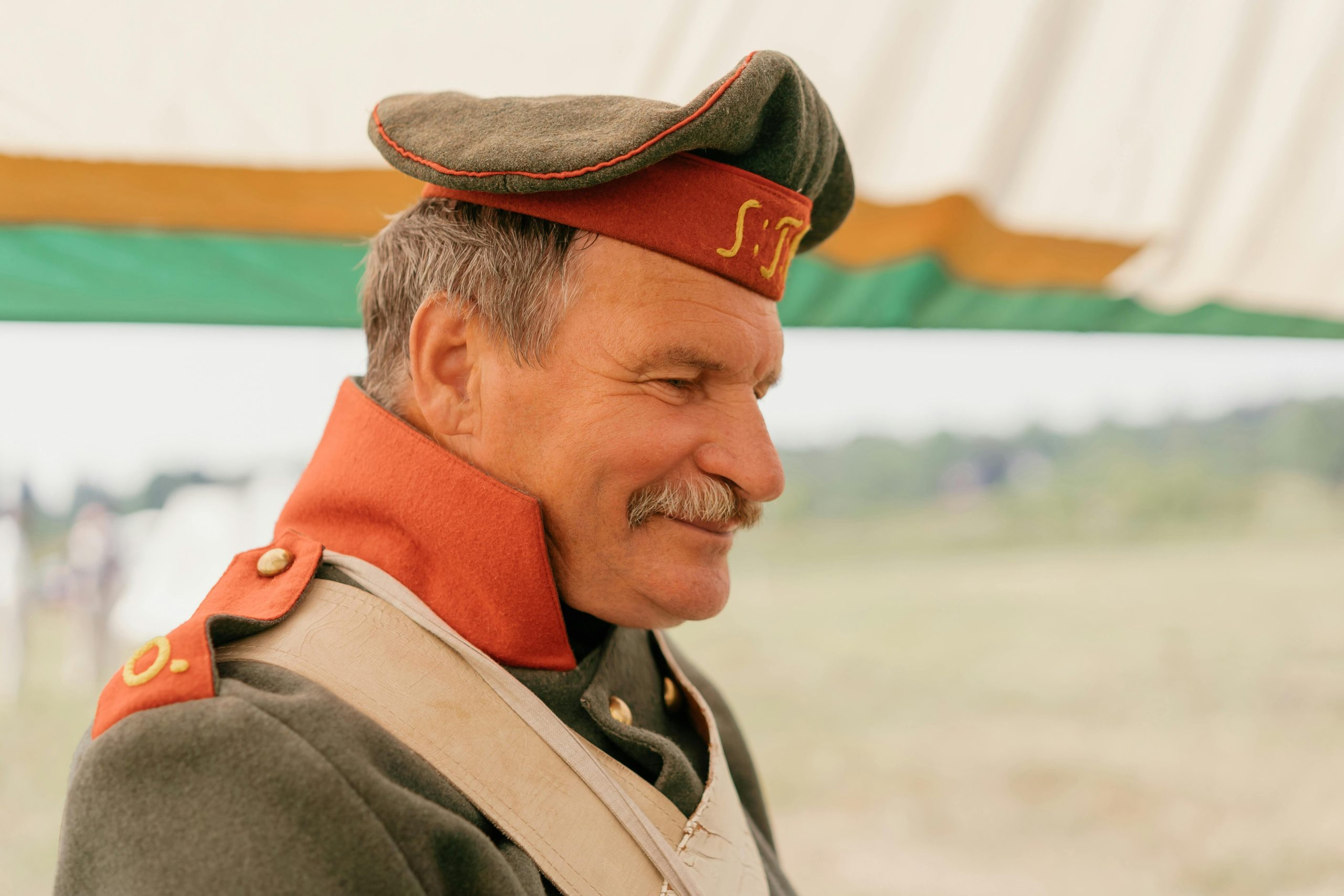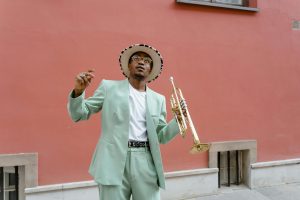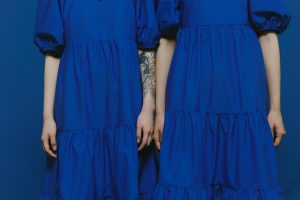Exploring the Historical Significance of Military-Inspired Clothing
Military-inspired clothing has been a popular trend in the fashion world for decades now. From camouflage patterns to cargo pants, this style has become a staple for many individuals. However, have you ever stopped to think about the history behind these garments? No, we’re not talking about their designer or the brand that made them famous. We’re referring to the actual military origins of these clothing items. Believe it or not, military-inspired clothing has a rich and fascinating history that goes back centuries. In this article, we’ll explore the historical significance of military-inspired clothing and how it has evolved over the years.
The Beginnings of Military-Inspired Clothing
The concept of taking inspiration from military uniforms and incorporating them into everyday wear is not a new one. In fact, it dates back to the 19th century when military styles first made an appearance in civilian fashion. At the time, soldiers returning from battle would often bring back their uniform pieces as souvenirs. As a result, these items, such as jackets and boots, started to gain popularity among civilians. This trend continued in the early 20th century with the rise of Hollywood’s portrayal of soldiers as the ultimate heroes, leading to an increase in the popularity of military-inspired clothing.
World War I
The First World War was a major turning point in the history of military-inspired clothing. It was during this time that many of the essential military staples, such as trench coats, were introduced. Designed to provide practicality and functionality, these garments became must-haves for civilians, too. Women’s fashion also took a turn during this period, with many taking inspiration from men’s military uniforms. This led to the rise of the popular shirtwaist dress, which was modeled after the men’s shirt and tie combo.
World War II
The onset of World War II brought another wave of military-inspired clothing into fashion. This time, it was all about the military fatigue and khaki uniforms. As a result of the war, women’s fashion saw a significant shift, with many women joining the workforce. This led to the introduction of the iconic Rosie the Riveter style, which was heavily inspired by the jumpsuits and overalls worn by male workers in factories and shipyards.
Post-War Influence
The end of World War II brought a new outlook towards military-inspired clothing, with more emphasis on style rather than practicality. Military jackets, specifically the bomber jacket and the field jacket, became immensely popular among civilians. They were worn by celebrities and made appearances in movies and music videos, further solidifying their place in mainstream fashion.
The 1960s and Onward
The 1960s saw a surge in anti-war protests, and this had a significant influence on fashion as well. Military-inspired clothing once again became a symbol of rebellion, with many young people sporting military jackets and cargo pants as an expression of their political views. Military fashion took on a more bohemian and countercultural look, with tie-dye and peace sign patches added to the garments.
Modern Day Military-Inspired Clothing
Today, military-inspired clothing is no longer just a trend but an integral part of fashion. It has evolved to include a variety of styles, from the classic bomber jacket to more modern takes on military pieces. Designers have also taken inspiration from different branches of the military, creating unique and edgy collections that appeal to a wide audience. This style has also made its way into the high-end fashion world, with luxury brands incorporating military elements into their collections.
In Conclusion
From its humble beginnings as a souvenir or a practical uniform, military-inspired clothing has come a long way. It has evolved and adapted to changing times, making its mark as a significant fashion trend. Its historical significance is undeniable, and for many, wearing military-inspired clothing is a way of showing respect and appreciation for those who have served in the armed forces. So, the next time you put on a pair of cargo pants or a camouflage jacket, remember the rich history behind these garments.










